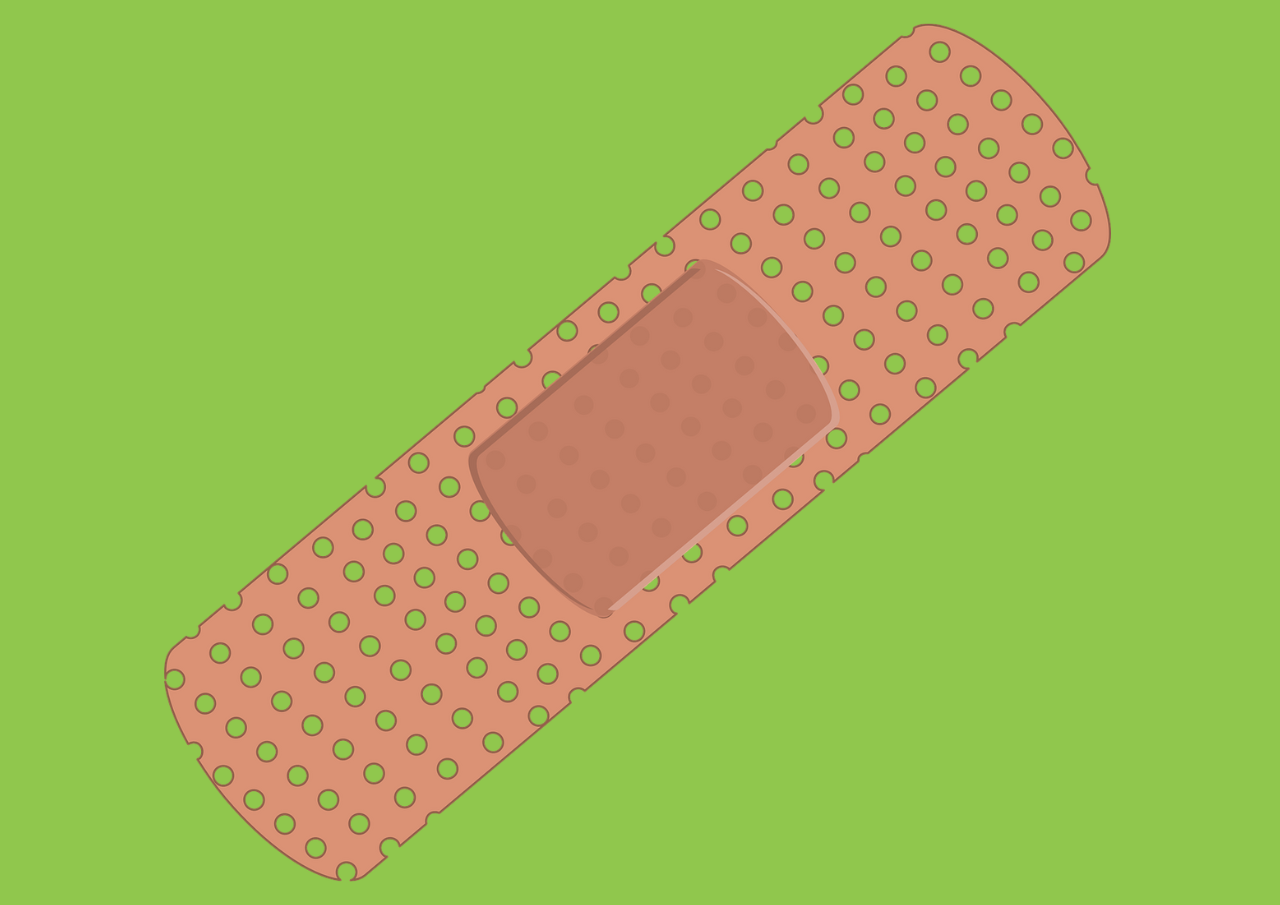
SHARE THIS ARTICLE:
Lyme-AID: Biosensor for Tick Bites
 University of Virginia News, Sam Caneda (04.10.24) reported, “She Aided the Team Taking the Bite Out of Tick-Borne Lyme Disease.” Toriana “Tori” Vigil, a University of Virginia (UVA) chemical engineering Ph.D. student was the advisor to US Air Force Academy students who won a gold medal for the idea of the “Lyme-AID” biosensor patch at the International Genetically Engineered Machine (IGEM) competition in Paris in 2023.
University of Virginia News, Sam Caneda (04.10.24) reported, “She Aided the Team Taking the Bite Out of Tick-Borne Lyme Disease.” Toriana “Tori” Vigil, a University of Virginia (UVA) chemical engineering Ph.D. student was the advisor to US Air Force Academy students who won a gold medal for the idea of the “Lyme-AID” biosensor patch at the International Genetically Engineered Machine (IGEM) competition in Paris in 2023.
Lyme-AID is a technology to improve Lyme disease testing. The Lyme-AID bandage is applied directly to the tick bite. This bandage is filled with a pink-colored solution that contains a salivary gland protein from the tick lxodes scapularis (Salp12), that attracts the Lyme bacteria back to the bite site/bandage. This mechanism not only prevents the spread of bacteria, but also allows for detection of bacteria. If bacteria is present, “a short strand of DNA with gold nanoparticles attached binds to target proteins within the bacteria.” If a test is positive for the Lyme bacteria, the pink solution in the Lyme-Aid bandage turns blue.
Vigil used her knowledge of protein engineering to counsel the students on the technology used to create Lyme-AID. This technology would increase speed, ease of use, and accessibility to early detection of Lyme Disease, especially important to military field personnel. The team proved the theory that the technology will work, and they continue to improve their research under Vigil’s guidance. In the next few years, the team hopes to develop a prototype of Lyme-AID.
For More Information:
Read University of Virginia News Article
Read More LDA Articles on Lyme Disease Testing





